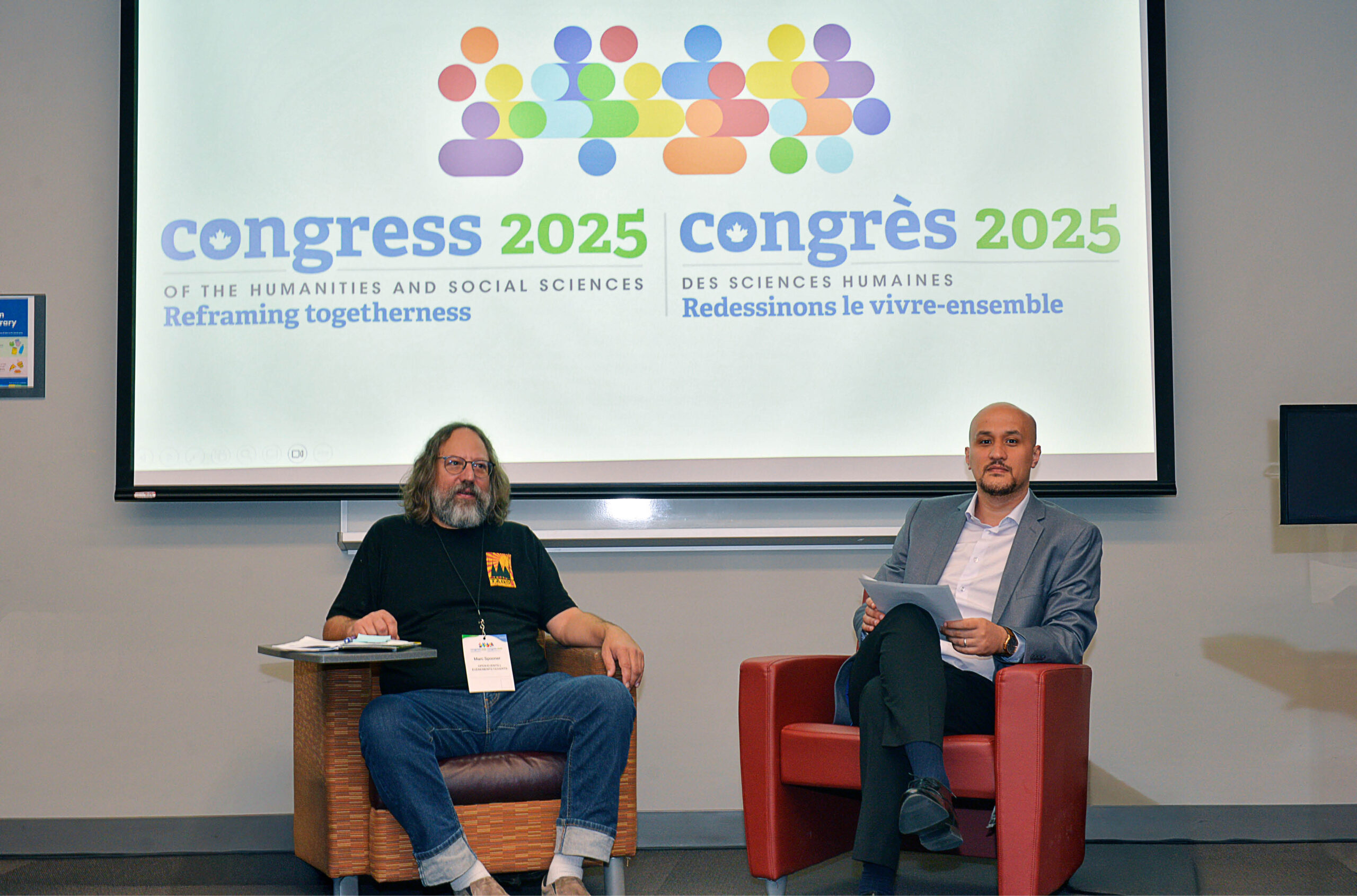Practical ways to deal with AI in your courses
You do not have to completely overhaul the way you teach or grade your courses.

If you are sentient, then you have been bombarded by advice and caveats about artificial intelligence. Some people (I don’t understand them) treat it like the great saviour of learning and a harbinger of all of our futures. Others decry it as the worst thing that could happen to higher education. I think the truth lies somewhere in between, but having heard lots of presentations on handling AI, I have come up with some ideas of how we might harness it in our teaching without having to completely change our pedagogical models.
1. Use it in class and have an AI “jockey”
In some of my classes, I use worksheets that are printed out on green paper (called “greensheets”) that we use for review and to ask new questions about the material. I employ these about once a week in a required survey course. The questions, often provided by students at the end of the previous week, are meant to spark discussion and reinforce material. I always add something on the sheets that is new to them, but related to course material. I write beside these things “look it up online.” So during class you can assign one person (it’s nice to have different people do this over time) to use AI and the vast internet in general to answer the question I have posed. Since these people are on their devices anyway, we might as well make them work! We then discuss the answer, perhaps find some other answers and I of course, as the Subject Matter Expert, decide what is true or what works. We physically write down content on the sheets.
2. Do free-writes in your classes
These can be anything from one-minute papers to longer reflections on the material from the class. Students have to do it in real time in a very short amount of time. We often share what people have written, which may or may not be feasible in your situation – but they are not handed in for grades. In this way, we avoid AI by doing something live in person that is entirely unique to that class session.
3. Make all your testing live
I loved having tests that could be taken online. Who wants to read the terrible handwriting? I have changed my tune on this and all my testing is done live on paper. We used to do this all the time, so its not as onerous as you think. It eliminates completely the problem with cheating on online tests.
4. Have students hand in drafts of papers
Not only is this good pedagogy for teaching writing skills but students cannot easily have AI prepare a preliminary, unfinished, free-range stab at a paper. It is much better at spitting out finished products. Return the drafts with comments that are substantive and that students have to respond to. When the final draft comes in, just check that problems were addressed or comments heeded. This way you do the bulk of your marking earlier in the term (which saves your sanity at the end of term) and you can lightly go over and assign a final mark to the finished product.
5. Have students come up with their own questions
My colleague, 3M award winner Toni Roberts has students do “classroom passports.” They cannot enter the class until they have presented a series of questions on paper that came out of the assigned reading: the main theme of the reading, most important thing the student learned, something that needs clarification, and something they would like to know more about. In class they then discuss the passports. This has benefits beyond sidestepping AI: it means people actually have to do the readings.
6. Focus your marking on live, in-person discussion and preparedness instead of assigned essays
I’m a big fan of the traditional undergraduate essay, but having students either write on a course management forum what they thought about readings, and having a hefty amount of marks assigned to class discussion and in-class group work, you can achieve many of the same learning goals.
AI is here to stay, and no doubt as it gets even more sophisticated it will provide more challenges to us as educators. However, these simple practices can keep the work and the learning where it belongs: in the students’ own heads. And, it also makes your classroom a more human one, and there’s nothing bad about that.
Elizabeth Wells is a professor of music history and musicology at Mount Allison University as well as author of the book The Organized Academic.
Featured Jobs
- Canadian Politics - Assistant ProfessorUniversity of Toronto
- Canada Excellence Research Chair in Forest Biodiversity Conservation (Full Professor)University of New Brunswick
- Education - Assistant Professor (Distance Education)University of Toronto
- Psychology - Assistant Professor (Clinical Psychology)Queen's University
- Canada Excellence Research Chair in Energy TransitionsUniversité du Québec à Trois-Rivières (UQTR)













Post a comment
University Affairs moderates all comments according to the following guidelines. If approved, comments generally appear within one business day. We may republish particularly insightful remarks in our print edition or elsewhere.
1 Comments
I enjoyed reading these suggestions. As a Professor in the field of Inclusive Education I don’t get the opportunity to discuss what effective and equitable post-secondary teaching and assessment looks like with colleagues as much as the conversation is needed. I can get behind nos. 1,4,5, and 6 however we cannot let our fear of new technology and “cheating” regress our accessibility gains. We have Accessibility legislation in N.S. with Education Standards and hopefully we will move more towards the integration of A.I. and Universal Design for Learning (UDL) principles. Writing with computers is what we all do and so nos. 2 and 3 above would set up a barrier to participation and students showing what they know. There are “net-safe” ways to do online testing. We need to commit more deeply to accessible and equitable assessment in post-secondary education for all.